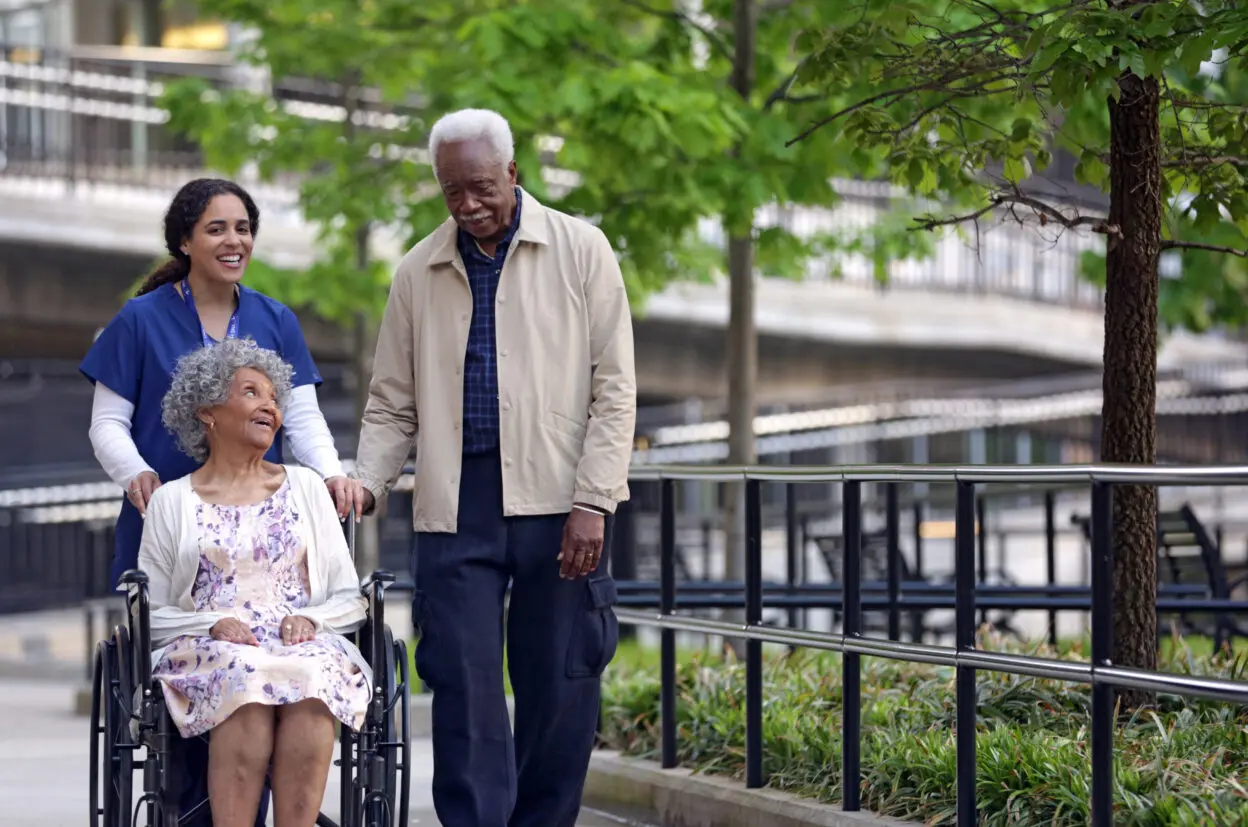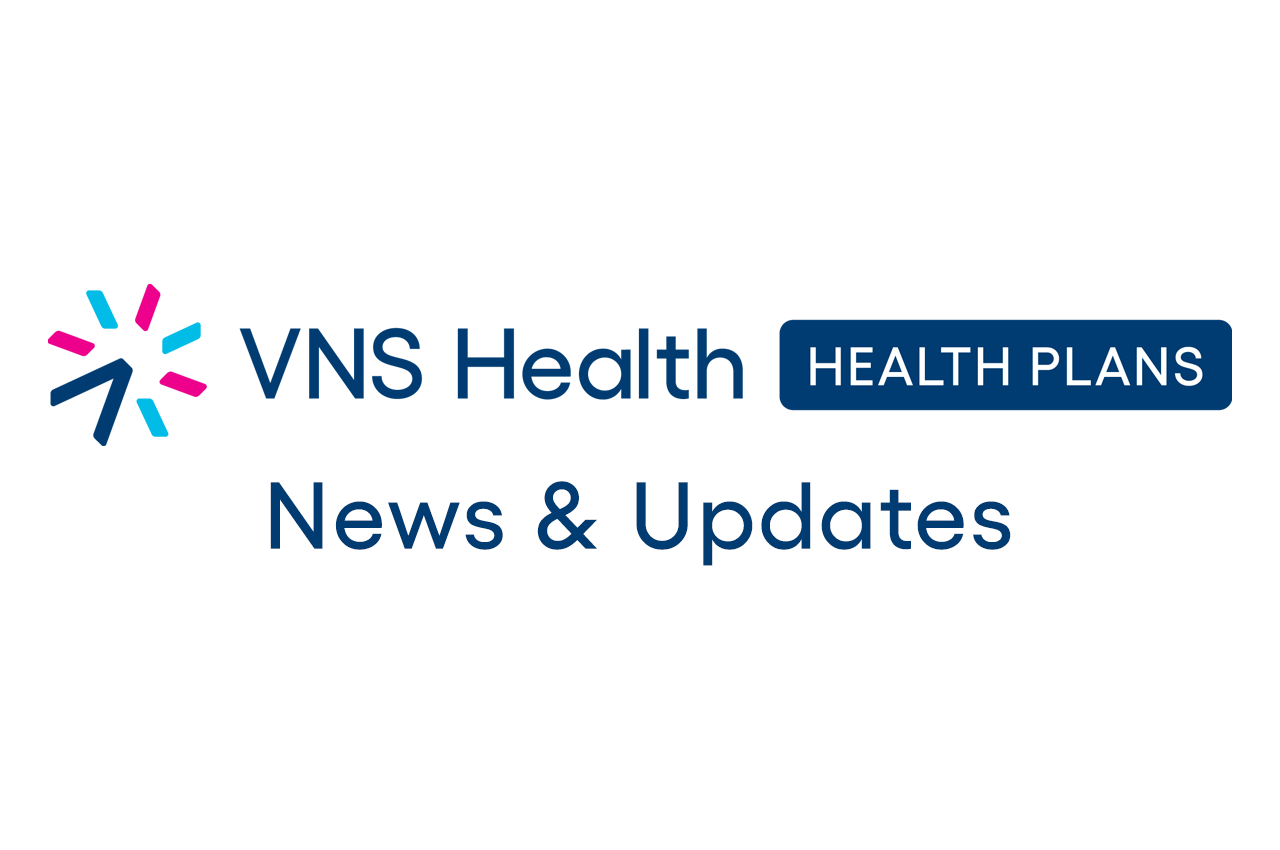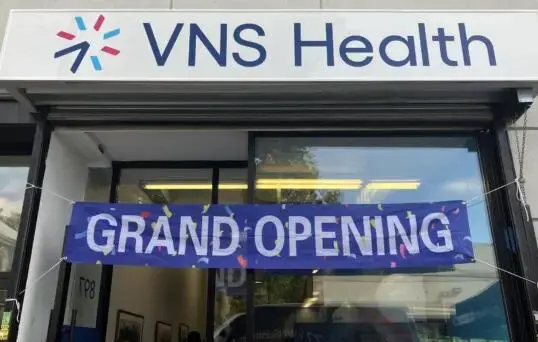幫助您照料年邁父母的 5 個小貼士

Is your aging parent or loved one skipping meals, not bathing, or skipping medications? Are they having trouble walking or balancing, or forgetting important details?
As a care coordinator for elders with multiple chronic health conditions and daughter of an aging parent, I understand the challenges associated with noticing your loved one’s first symptoms of cognitive and physical decline. Here are some tips to help determine next steps.
- Trust Your Instincts. Your loved one might say, “I don’t need medications.” Your siblings may say, “Dad’s memory’s okay.” If you think something is wrong, investigate further to be safe. It’s more common to err on the side of denial than intervening too soon!
- Connect with the Primary Care Physician. Reach out to your loved one’s primary care physician to express your concerns. Attend appointments with your parent and establish good lines of communication.
- Get “Your Team” Together. Talk with siblings and other caregivers to share perspectives. Those closest in proximity may see more signs of decline. Have honest conversations to establish a plan.
- Include Your Parent in the Conversation. Identifying your loved one’s concerns can help with
solutions. If Dad’s not eating, is there tooth pain? If Mom’s gait is unsteady, check her vision or ears. My dad’s confidence and independence improved significantly using a walker! - Get Educated. Learn about your loved one’s diagnosed illnesses to for available resources regarding how to better care for them.
Aging safely requires ongoing conversations, flexibility, and persistence with a goal of helping your parent stay as healthy and independent as possible in their home.
This article was written by Kelly LaMore and was featured in Buffalo Healthy Living. Kelly LaMore is an RN, Health Plan Care Coordinator, with VNS Health serving Western New York, the Capital Region, and NYC. Buffalo Healthy Living is a free monthly health magazine providing evidence-based information on health, nutrition, and fitness. Buffalo Healthy Living is read by 200,000 readers monthly in print and thousands more through online media. It is the only free full-color monthly health magazine in the region that addresses mainstream and functional health issues for people of all ages. You can view the original article here.


